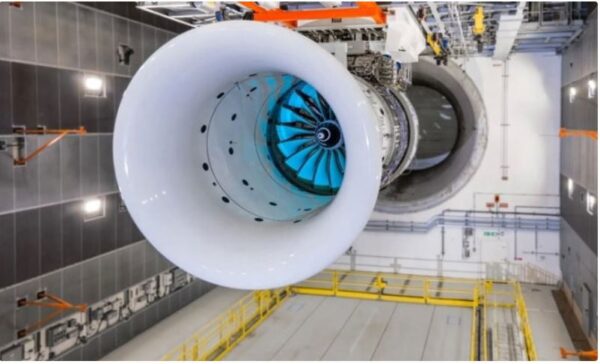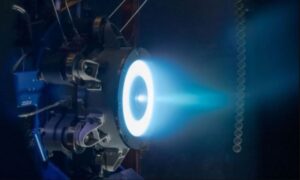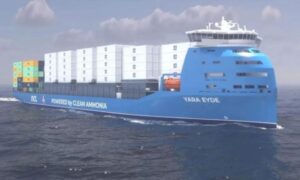Static testing of Rolls-Royce’s engine was successfully conducted using only sustainable aviation fuel produced on-site, and the engine operated at full power.
Rolls-Royce has successfully conducted static testing of its UltraFan experimental jet engine, operating at full power exclusively on sustainable aviation fuel (SAF). According to a report from New Atlas on November 15, the company affirmed that all of its existing civil engines are also compatible with SAF, aligning with the growing demand for environmentally friendly aviation technology. Rolls-Royce’s commitment extends across its entire product range, encompassing the substantial UltraFan.
Boasting the title of the world’s largest and most powerful jet engine, the UltraFan features a 356 cm wide propeller and a remarkable 64 MW capacity. In static tests, it delivers a maximum thrust exceeding 378,000 Newtons, with the potential to reach 489,304 Newtons for both narrow-body and wide-body aircraft in the 2030s. A standout characteristic of the UltraFan is its geared turbofan technology, incorporating a variable pitch fan system that optimizes the turbine and fan speeds. The carbon composite material propellers are adjustable, enabling optimal performance throughout various flight phases. The utilization of composite materials not only reduces the engine’s weight compared to the titanium alloy version but also enhances efficiency by 10% compared to the previous Trent XWB engine.
Rolls-Royce emphasizes that certain technologies developed for the UltraFan can be integrated into its existing engines. However, the key commonality is their compatibility, with all engines licensed to operate entirely on SAF. The BR710 turbofan engine, recently licensed and tested at Rolls-Royce’s Canadian facility, joins a list of other engines, including the Trent 700, Trent 800, Trent 900, Trent 1000, Trent XWB-84, Trent XWB-97, Trent 7000, BR725, Pearl 700, Pearl 15, and Pearl 10X.
As part of its initiative, Rolls-Royce anticipates that a Virgin Atlantic Boeing 787 Dreamliner, equipped with a Trent 1000 engine, will embark on the world’s inaugural transoceanic flight using SAF fuel. Current international standards permit a maximum blend of 50% SAF with 50% conventional jet fuel. Rolls-Royce is optimistic that the outcomes of test flights and static experiments will contribute to potential revisions in existing regulations.












